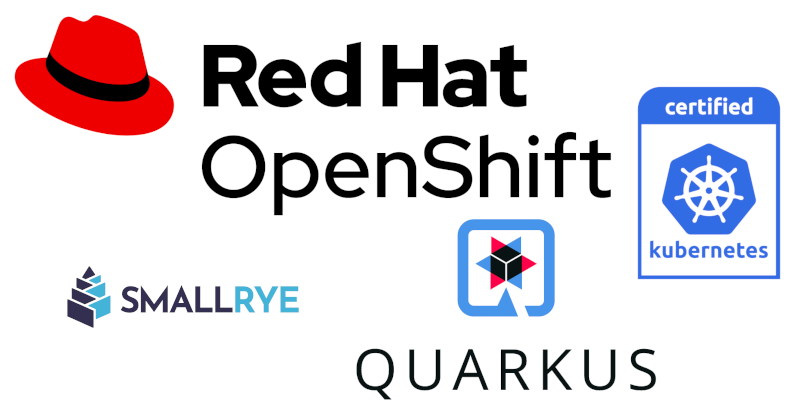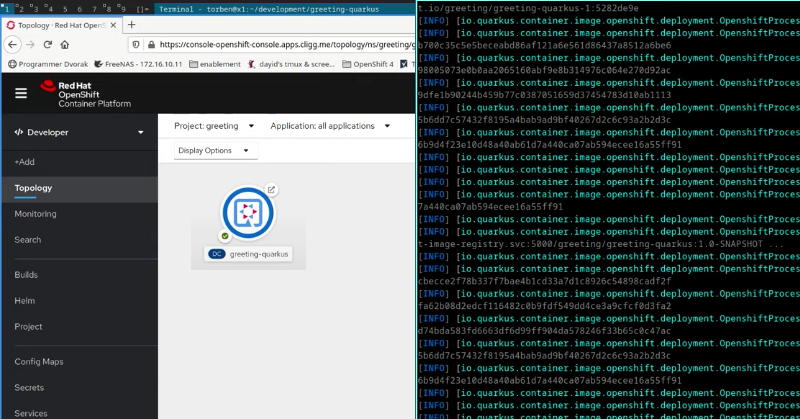Docker came a long way. It established itself very fast as the de-facto standard to get going with your container journey. It did not matter if you wanted to just play around with containers or if you wanted to build up new microservices, Docker was and still is a great choice to get yourself started. […]



